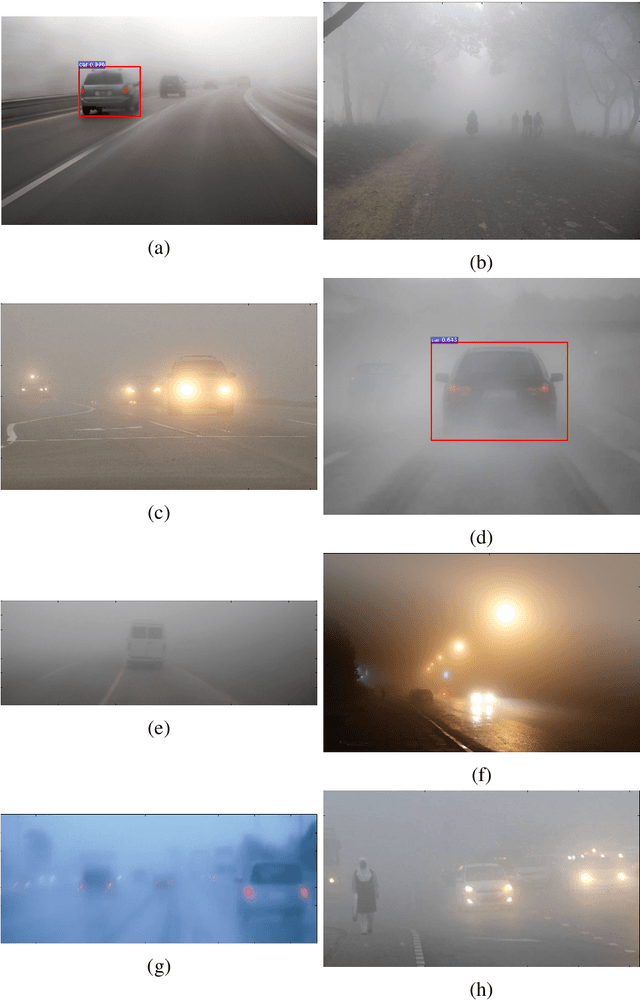All-Weather Object Recognition Using Radar and Infrared Sensing
Paper and Code
Oct 30, 2020



Autonomous cars are an emergent technology which has the capacity to change human lives. The current sensor systems which are most capable of perception are based on optical sensors. For example, deep neural networks show outstanding results in recognising objects when used to process data from cameras and Light Detection And Ranging (LiDAR) sensors. However these sensors perform poorly under adverse weather conditions such as rain, fog, and snow due to the sensor wavelengths. This thesis explores new sensing developments based on long wave polarised infrared (IR) imagery and imaging radar to recognise objects. First, we developed a methodology based on Stokes parameters using polarised infrared data to recognise vehicles using deep neural networks. Second, we explored the potential of using only the power spectrum captured by low-THz radar sensors to perform object recognition in a controlled scenario. This latter work is based on a data-driven approach together with the development of a data augmentation method based on attenuation, range and speckle noise. Last, we created a new large-scale dataset in the "wild" with many different weather scenarios (sunny, overcast, night, fog, rain and snow) showing radar robustness to detect vehicles in adverse weather. High resolution radar and polarised IR imagery, combined with a deep learning approach, are shown as a potential alternative to current automotive sensing systems based on visible spectrum optical technology as they are more robust in severe weather and adverse light conditions.
 Add to Chrome
Add to Chrome Add to Firefox
Add to Firefox Add to Edge
Add to Edge